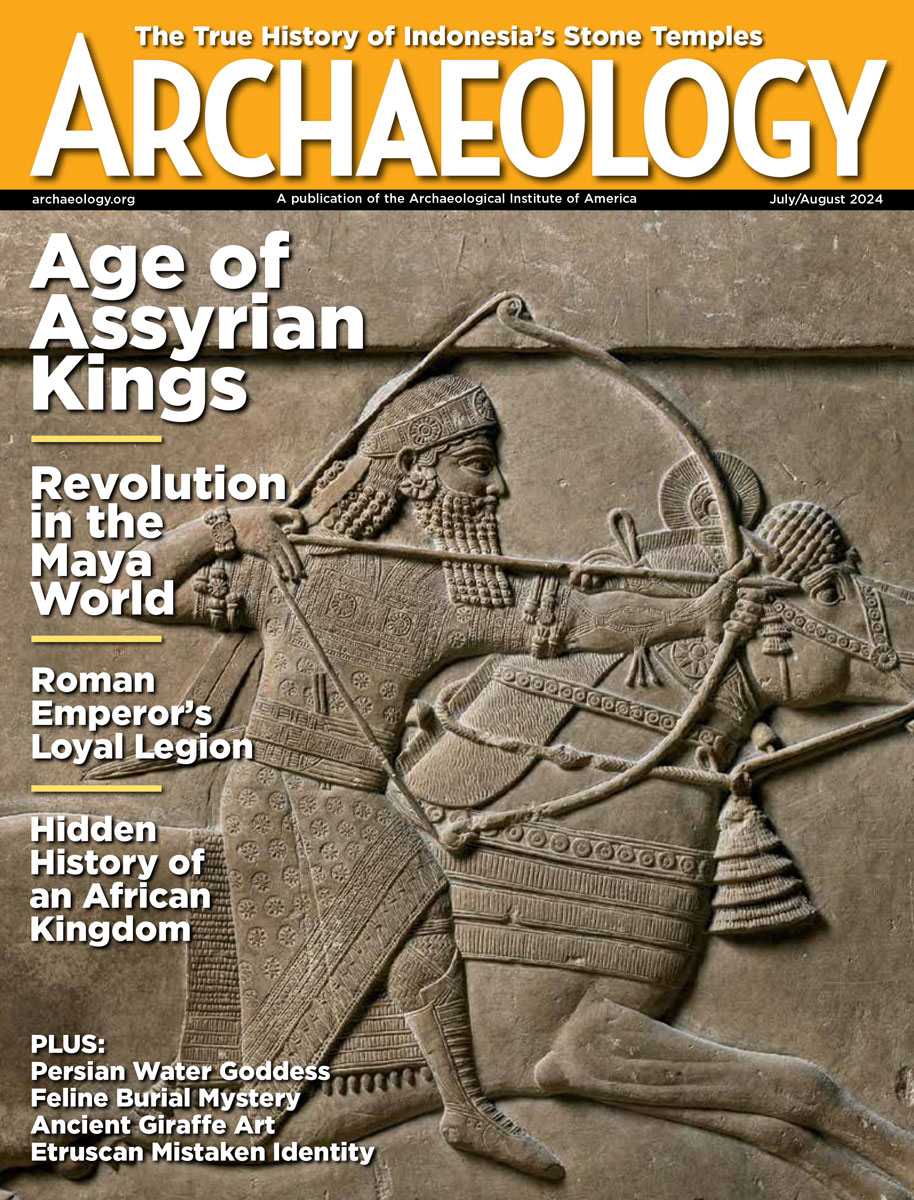Thursday, February 7
February 7, 2008
A first-century lighthouse has reportedly been discovered intact at the Roman port of Patara in southern Turkey.
David Reed of the University of Florida and his team examined the DNA of lice collected from the heads of 1,000-year-old Peruvian mummies, and found that the parasites probably traveled out of Africa with humans and accompanied them around the world. Â
Two recent discoveries in France include fragments of statues that had been exhibited at the Soviet pavilion at the 1937 arts and techniques exhibition in Paris, and a letter to an American soldier kept safe in a glass beer bottle with a porcelain cap.Â
One of the 61 Miki tugboats built by the U.S. Army during World War II is visible in Washington State’s Fidalgo Bay. Preservationists want to save The Enchantress, but environmentalists want the lead-painted boat removed from the water, along with the creosote pilings on which it rests. Â
Linking archaeological artifacts to legends is a risky business, as explained in this article in USA Today, which uses the so-called “Lupercale” in Rome as an example. “Everyone always wants to think that archaeology has proved the Bible is true, or that there really was a Trojan War, or that King Arthur was a real character,” said T.P. Wiseman of the University of Exeter. Â
The murals in Afghanistan’s Bamian caves are said to have been painted with resin- and oil-based binders, making them the world’s oldest oil paintings. “The discovery of the use of oil [in Afghanistan] is important, because it shows that these undervalued paintings are far more important and far more sophisticated than anyone might have thought,” said Sharon Cather of the Courtauld Institute of Art in London. (Be sure to view all five photographs to get the entire text of the article.)
- Comments Off on Thursday, February 7









